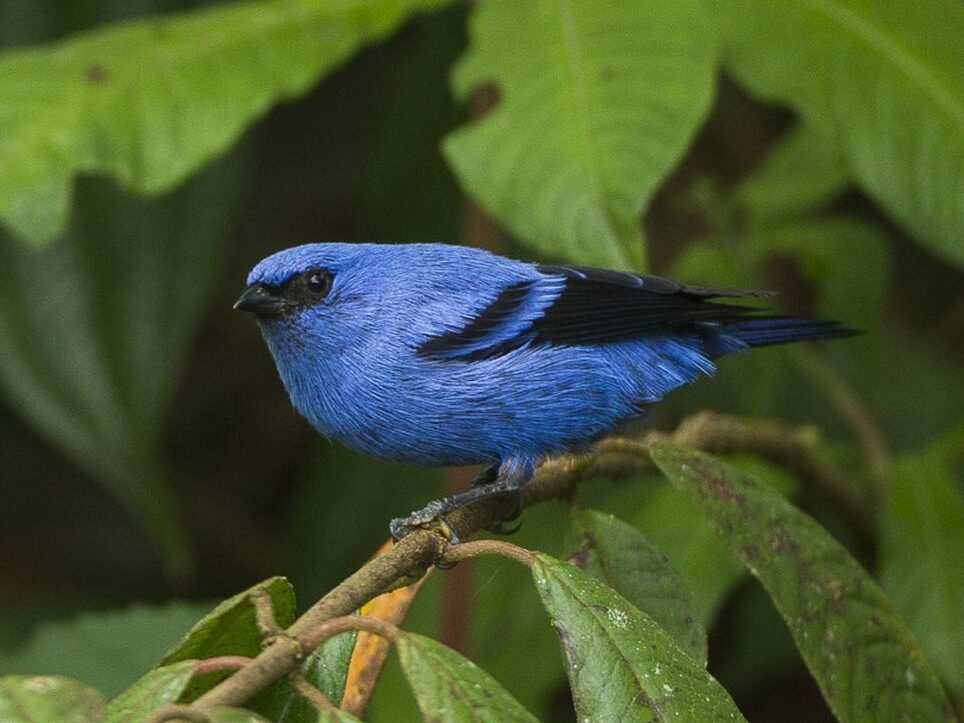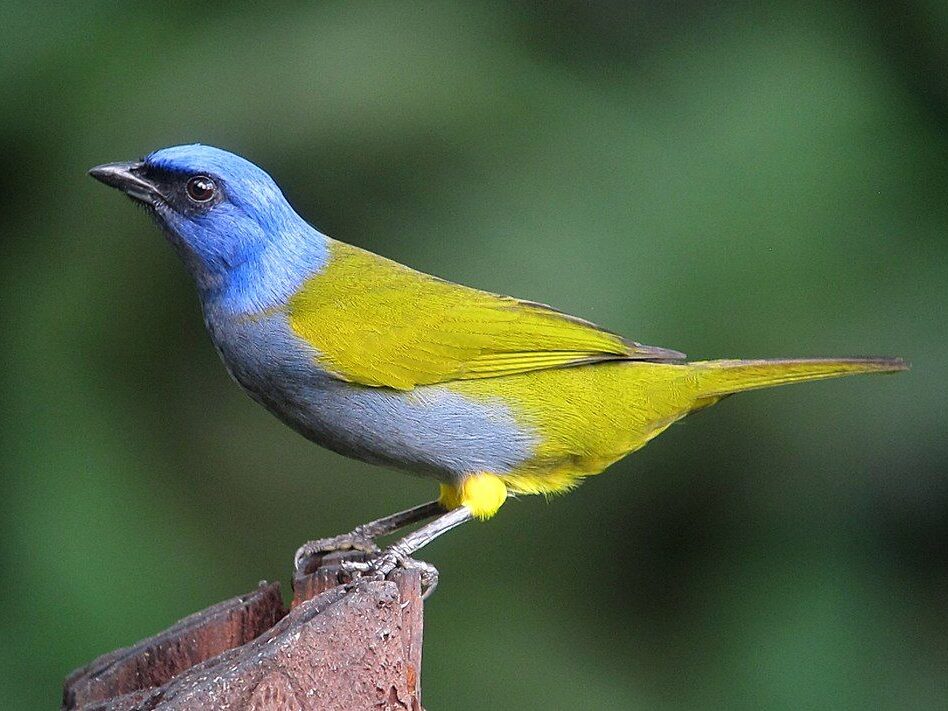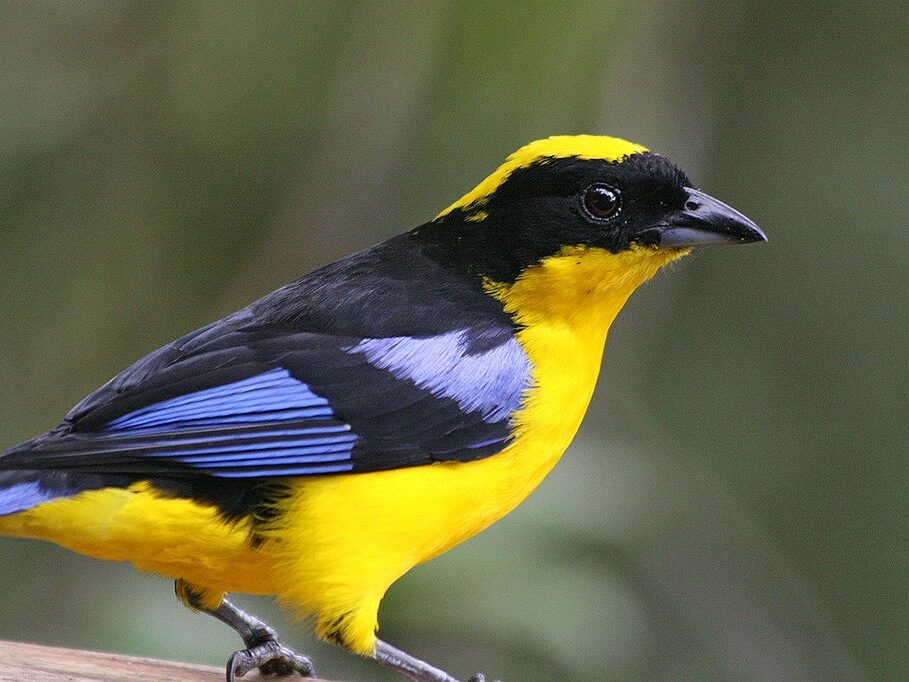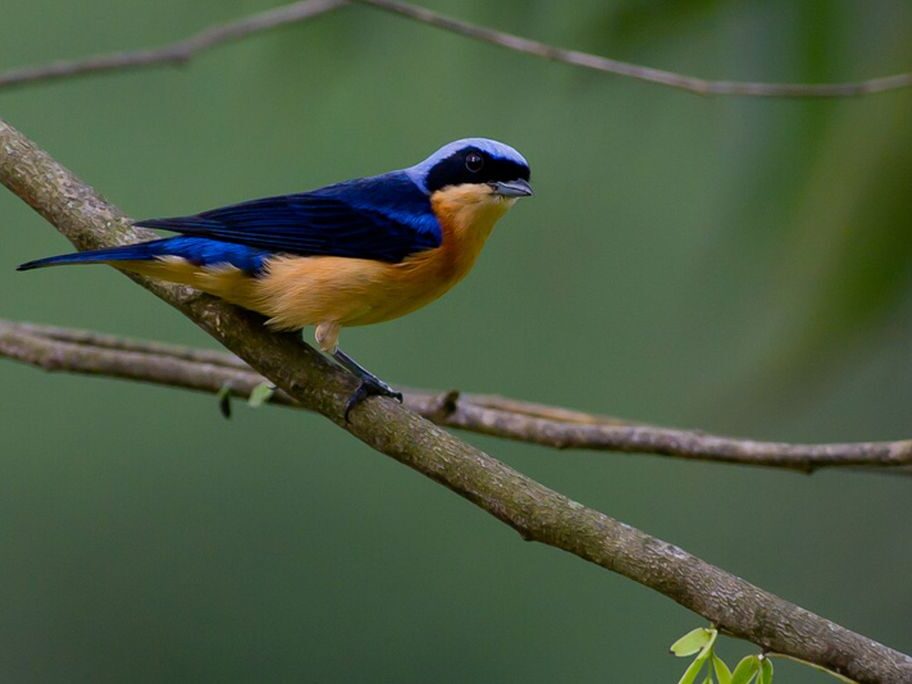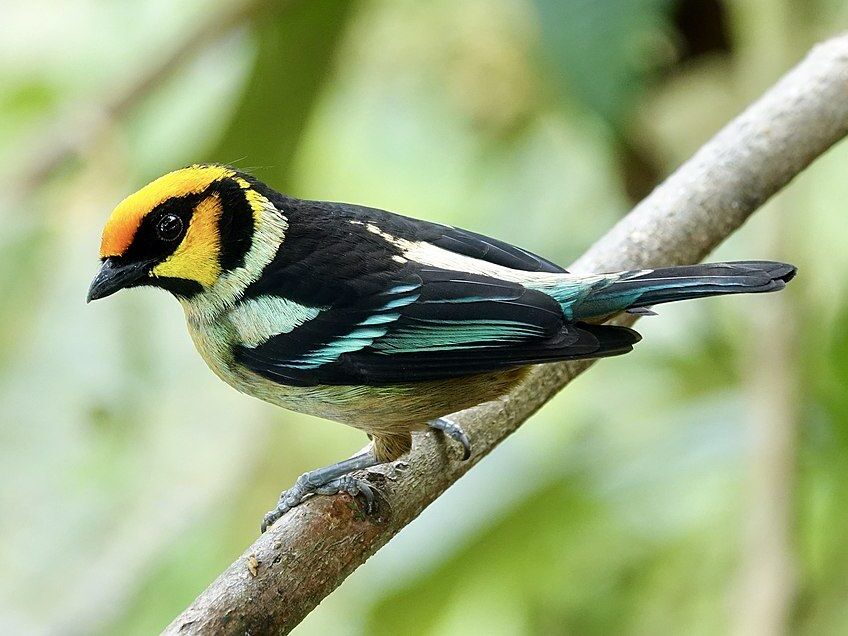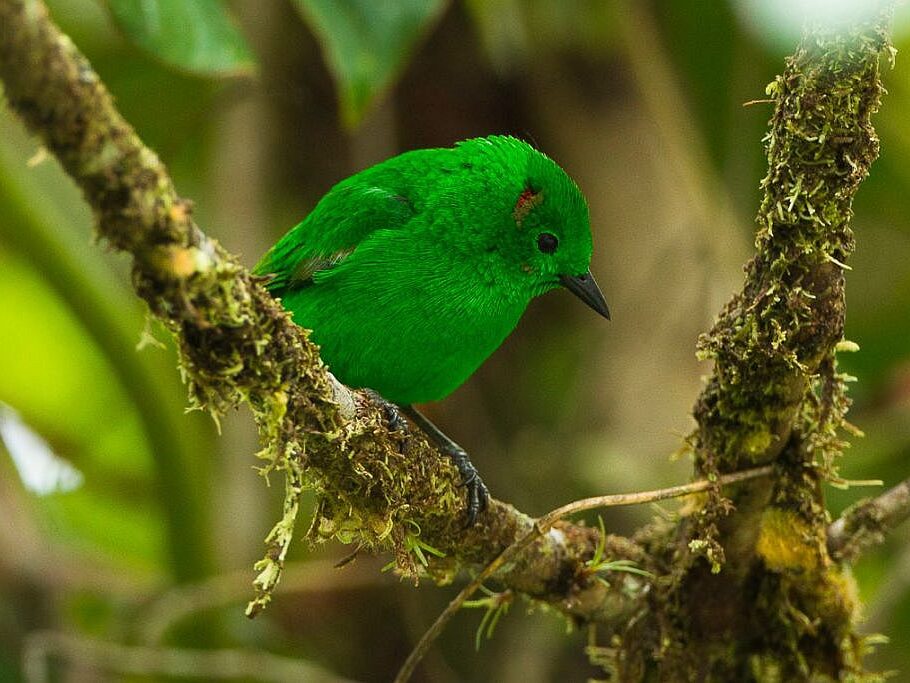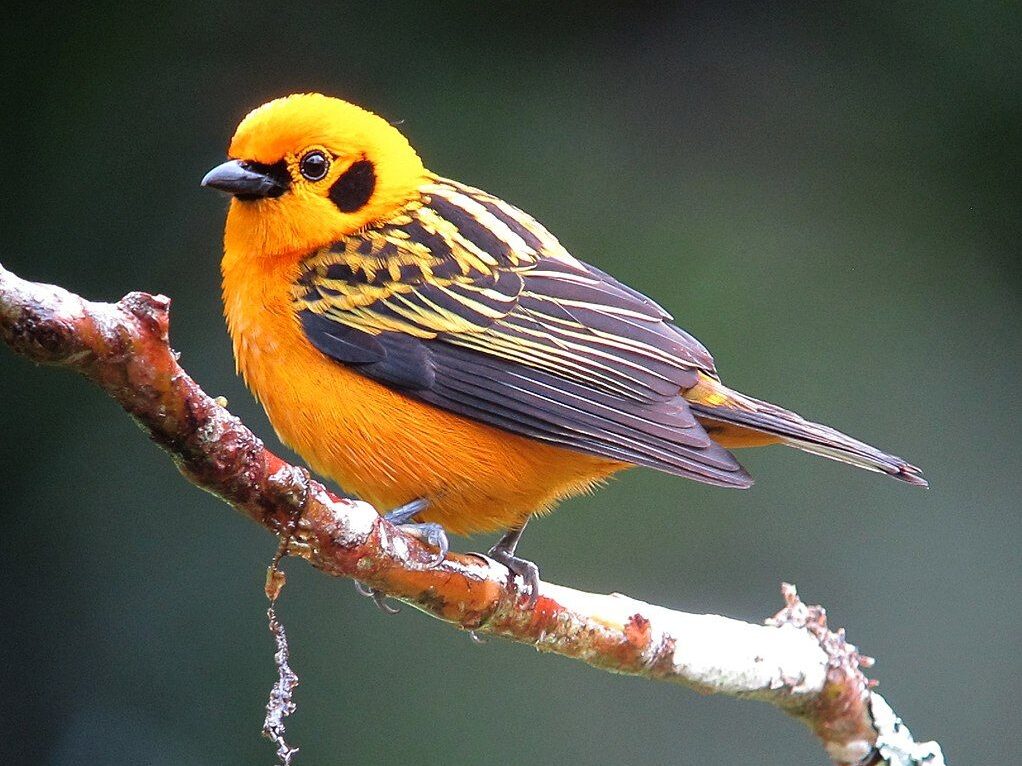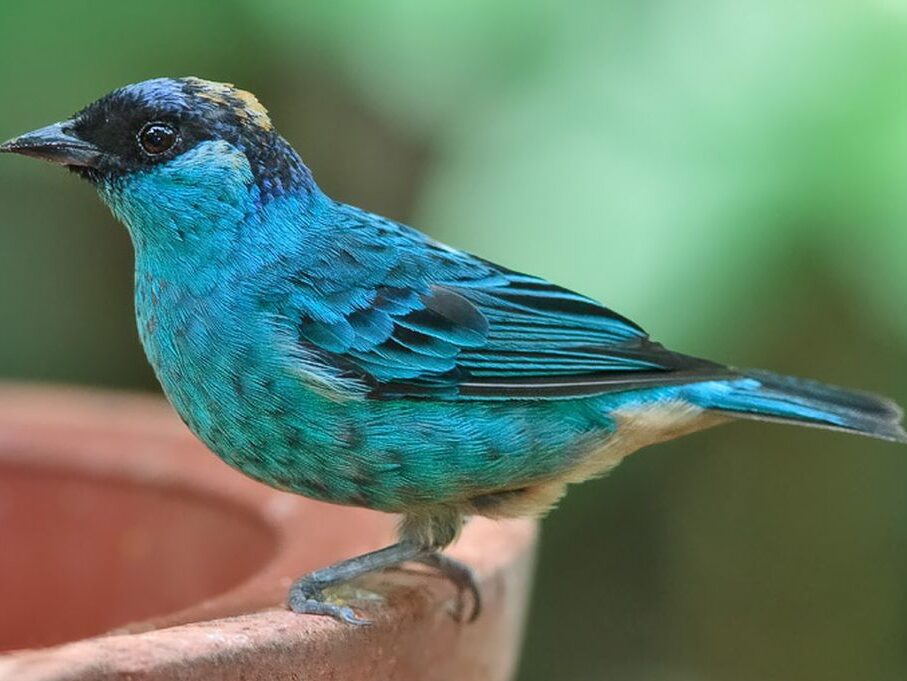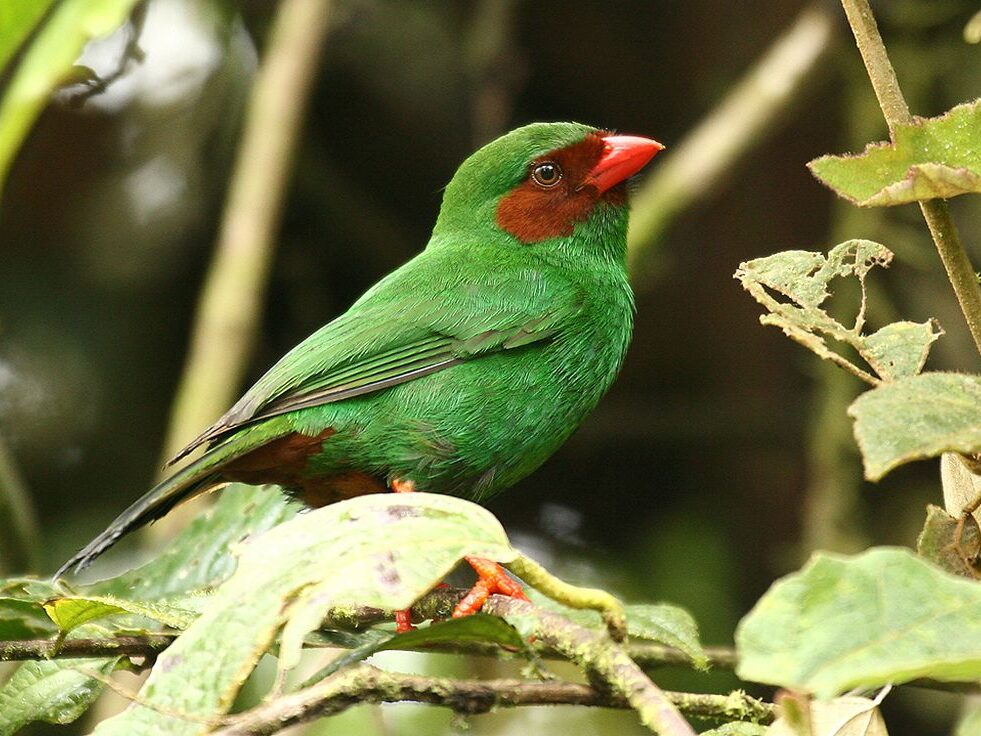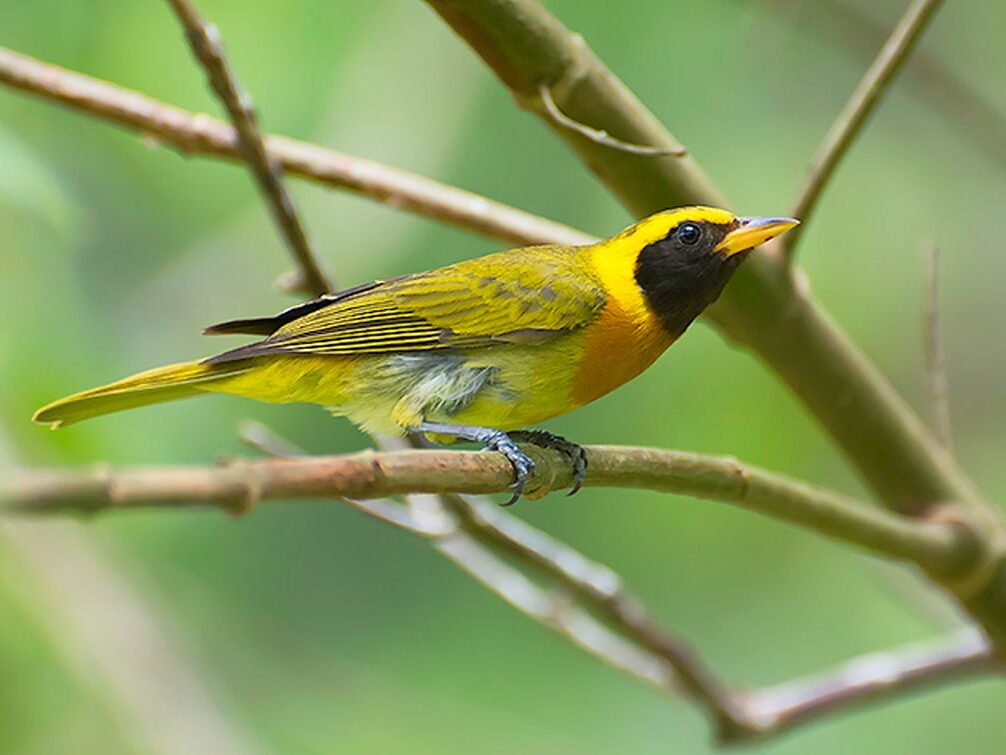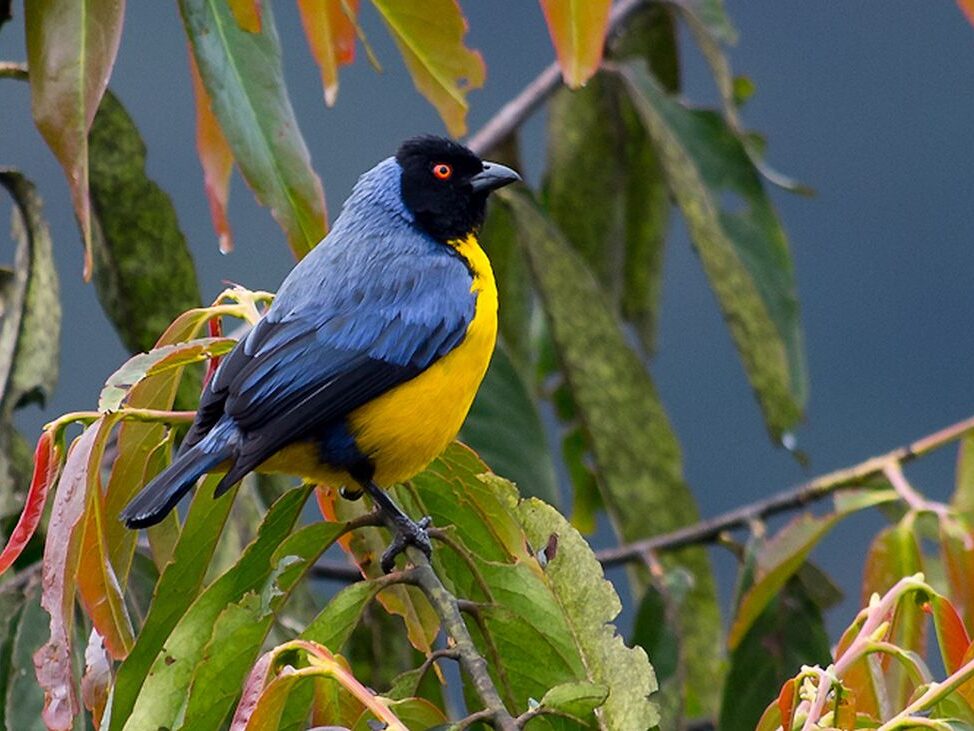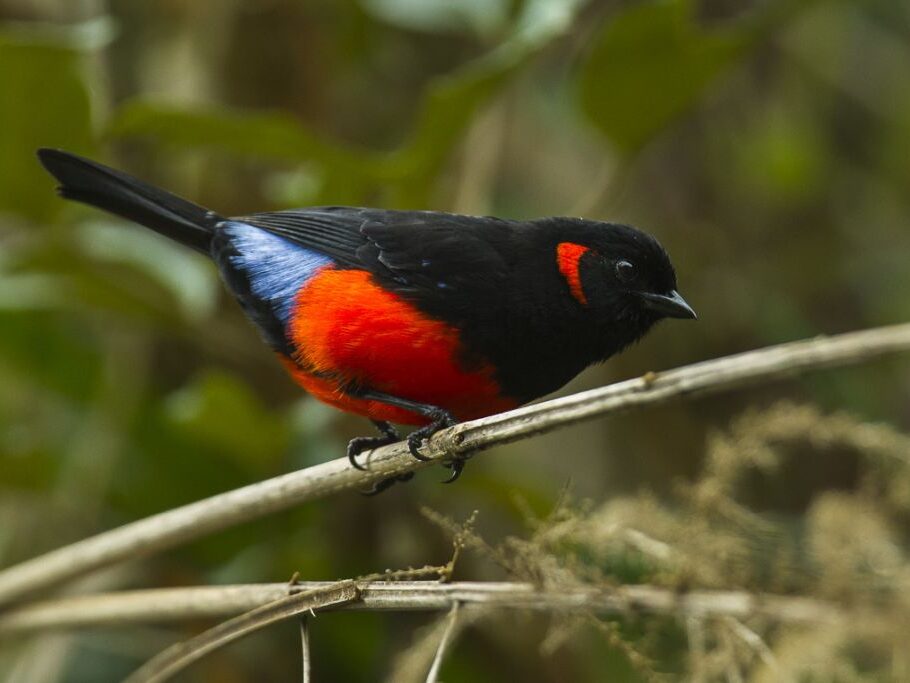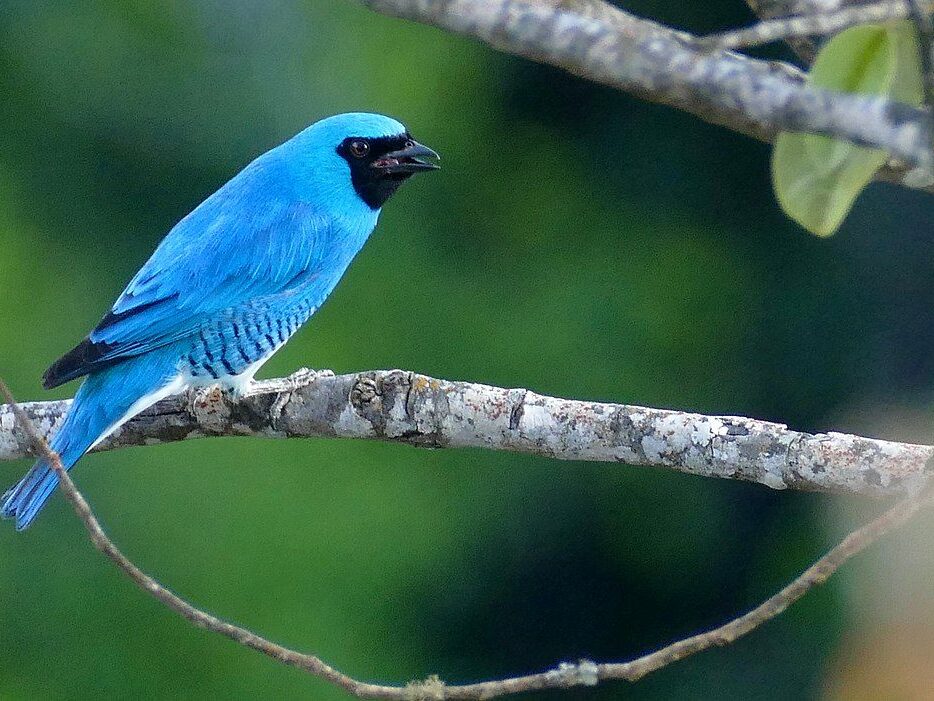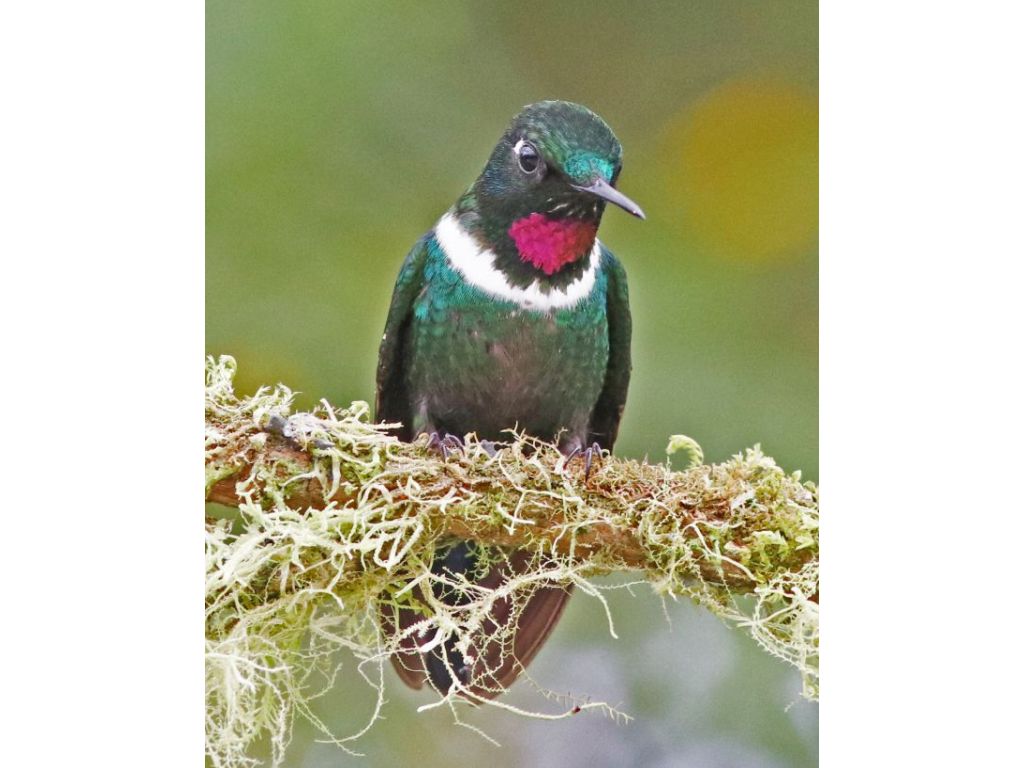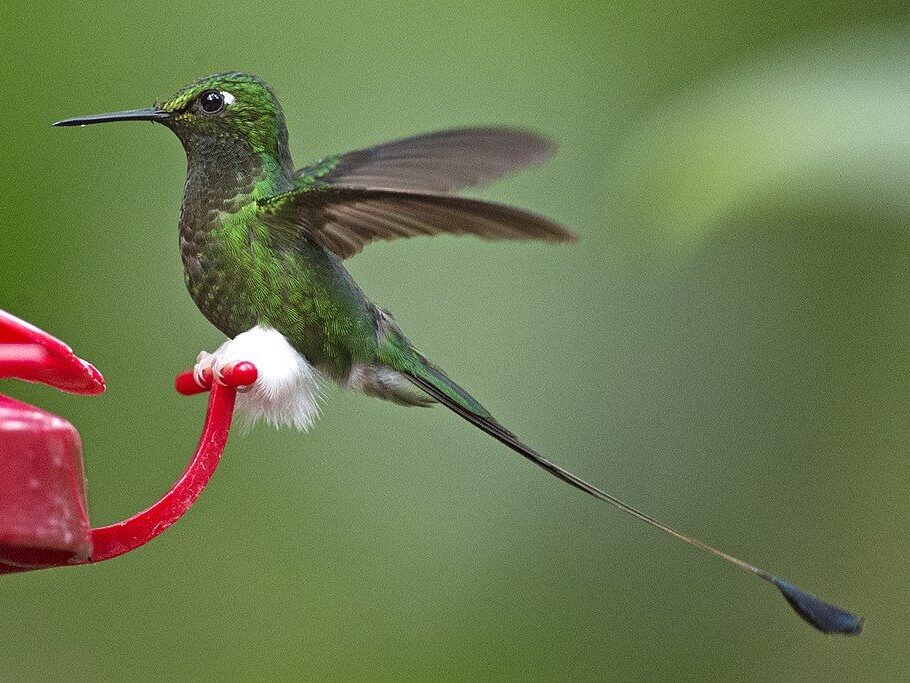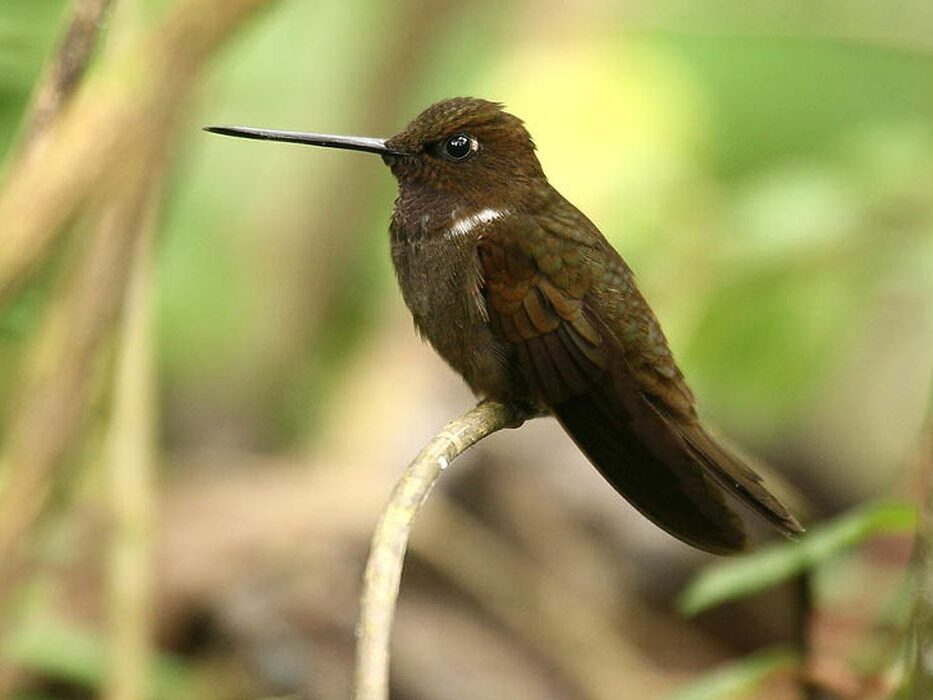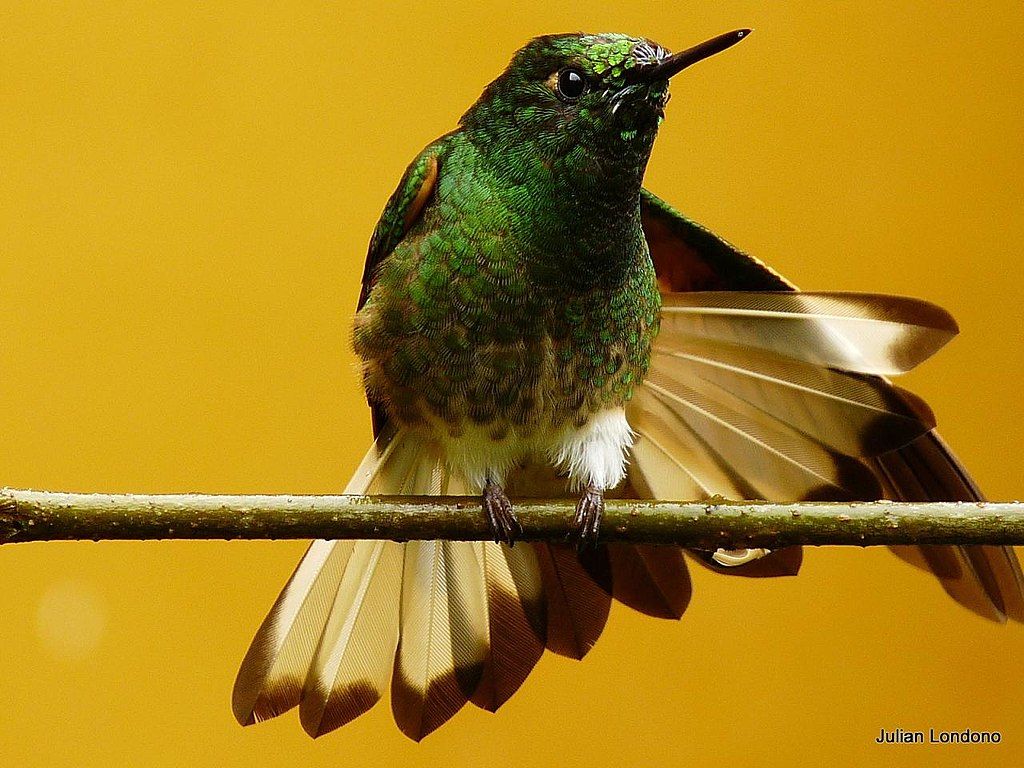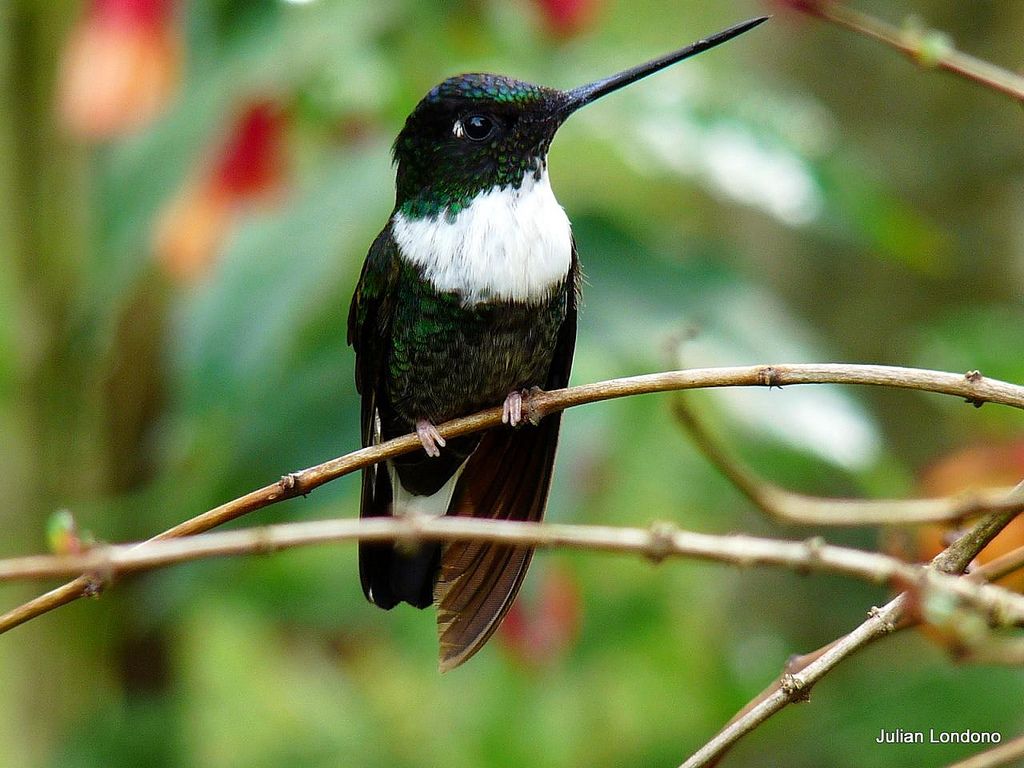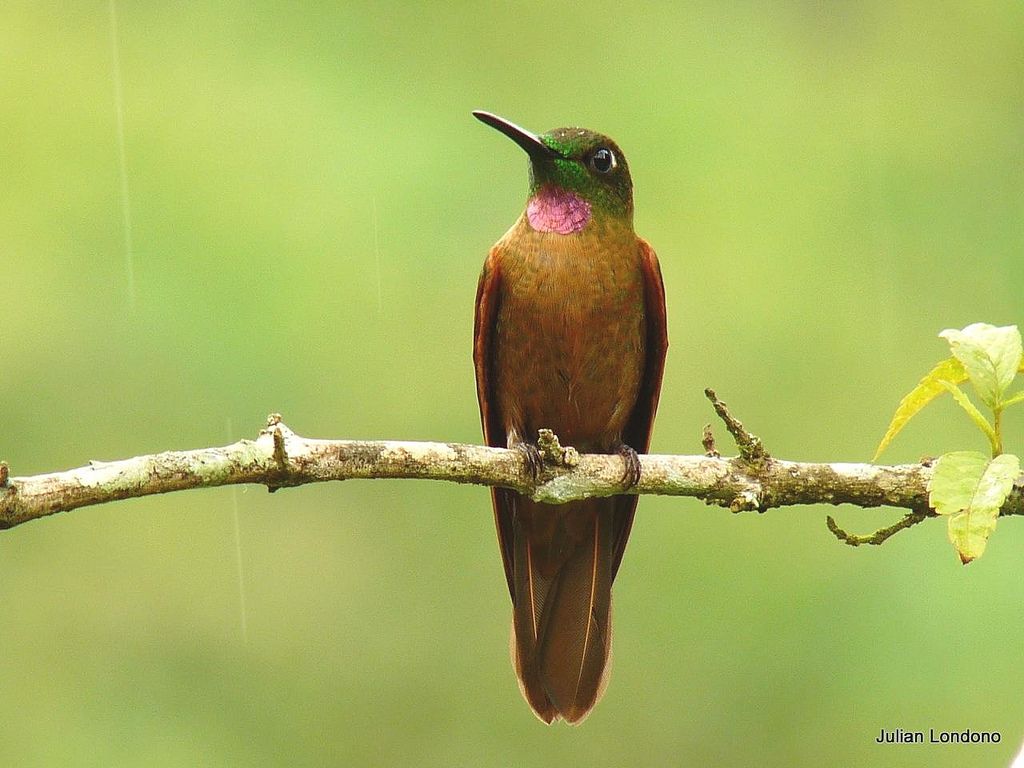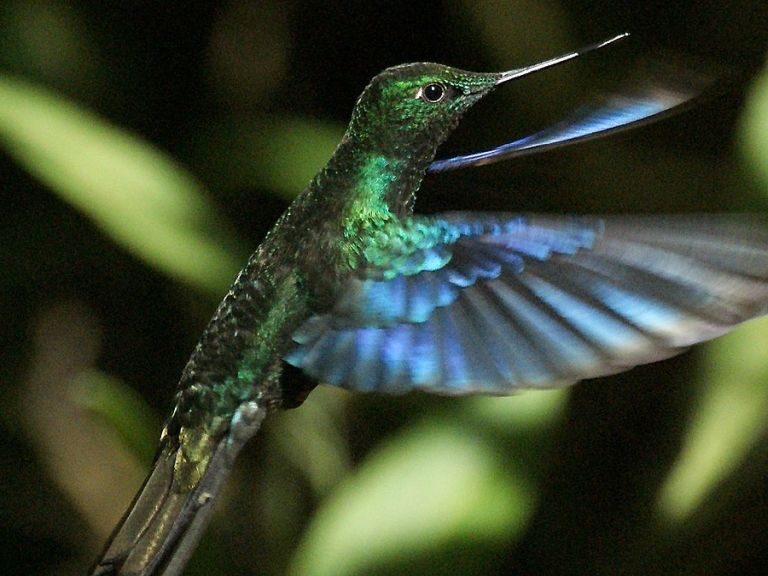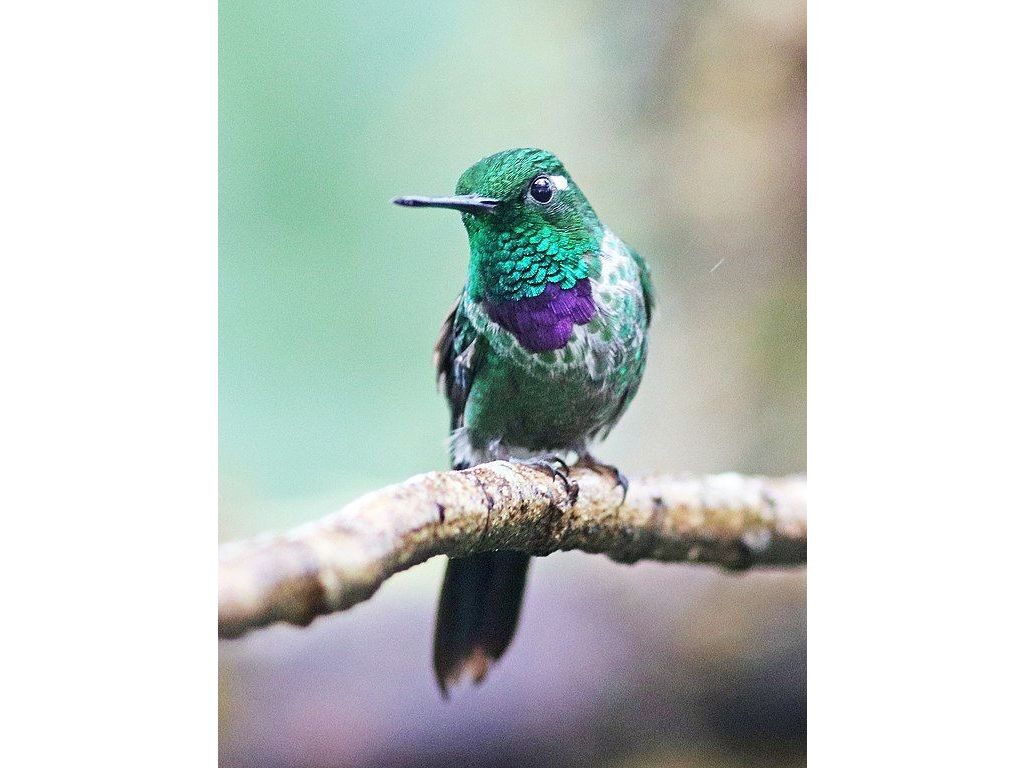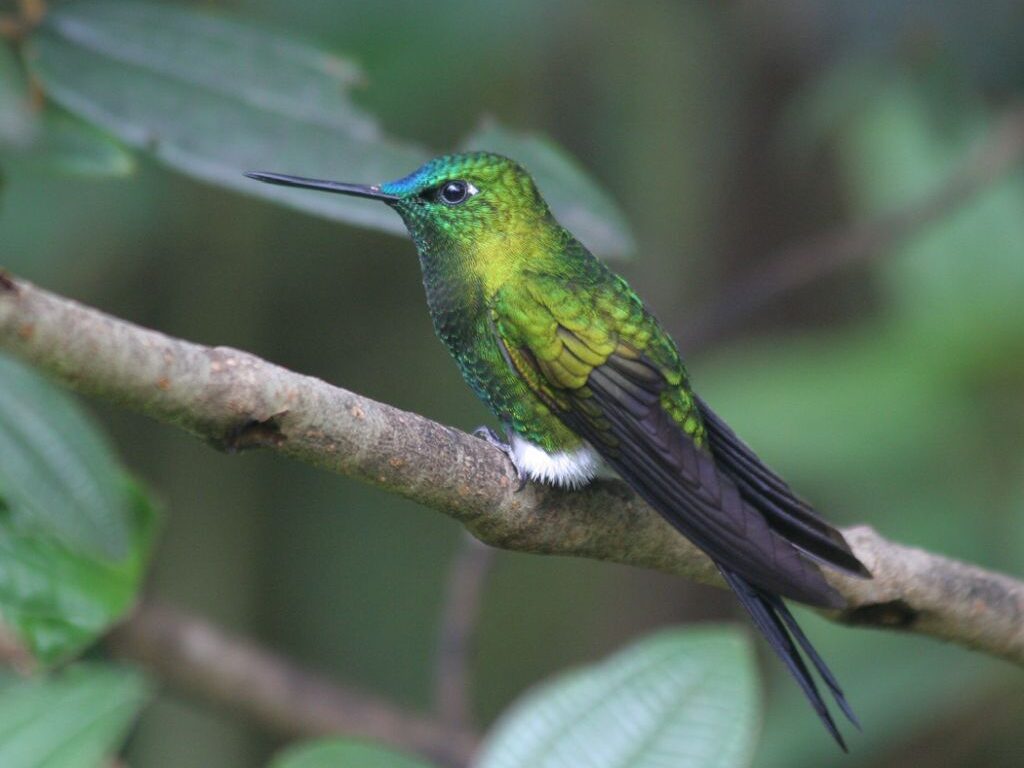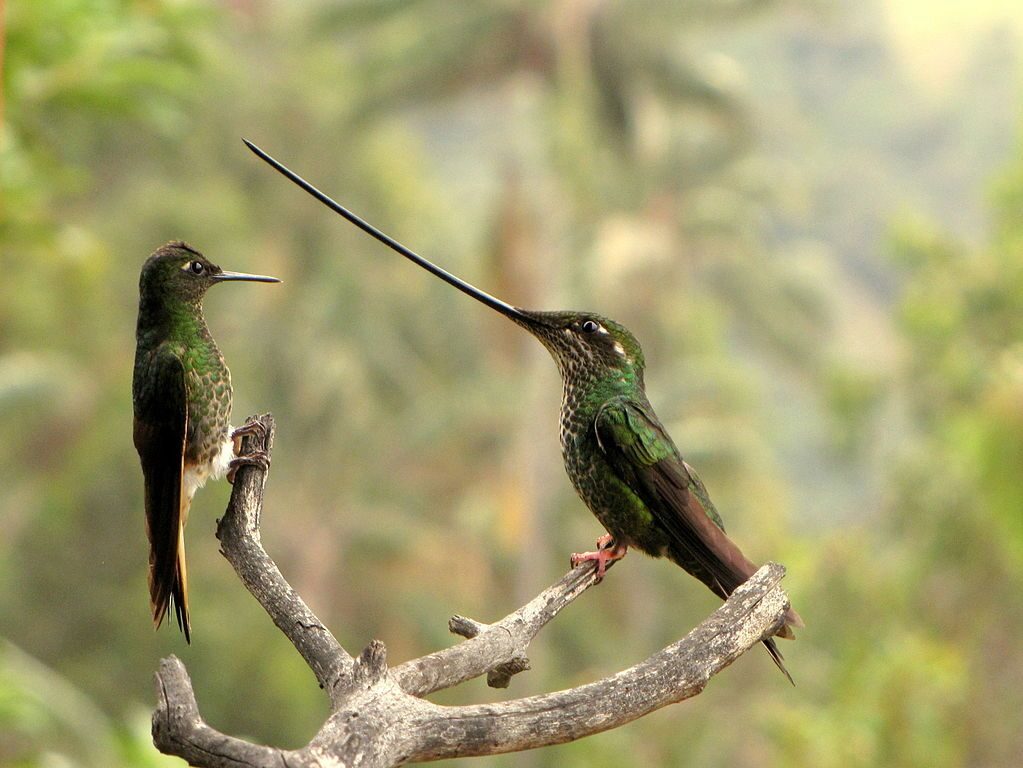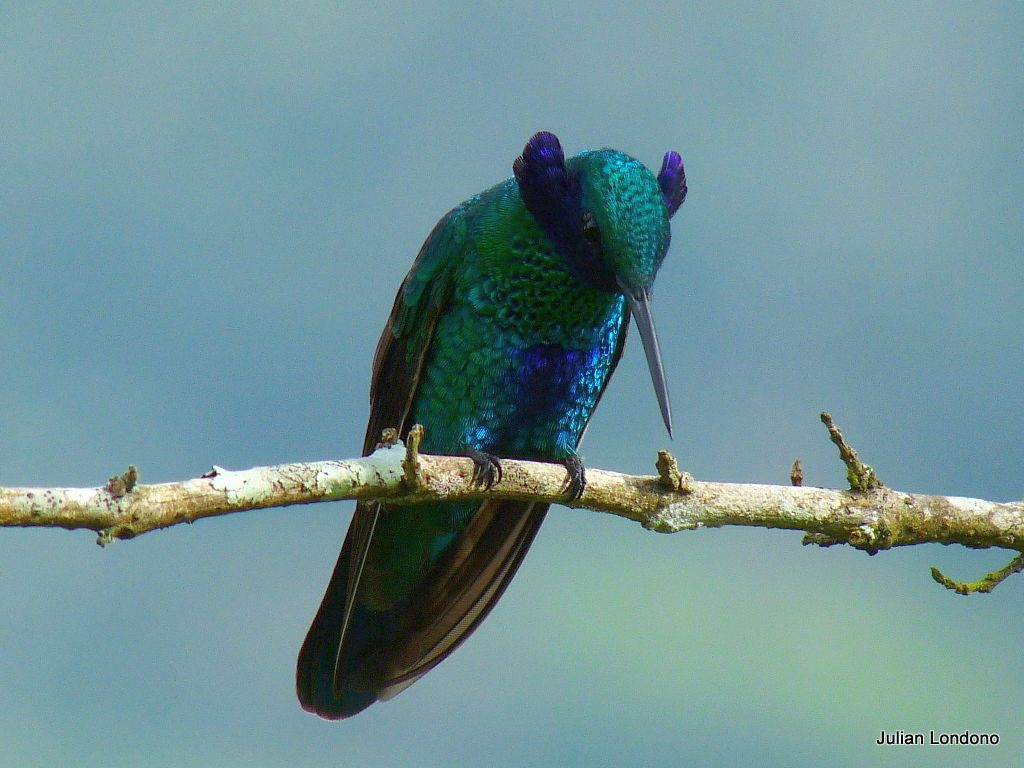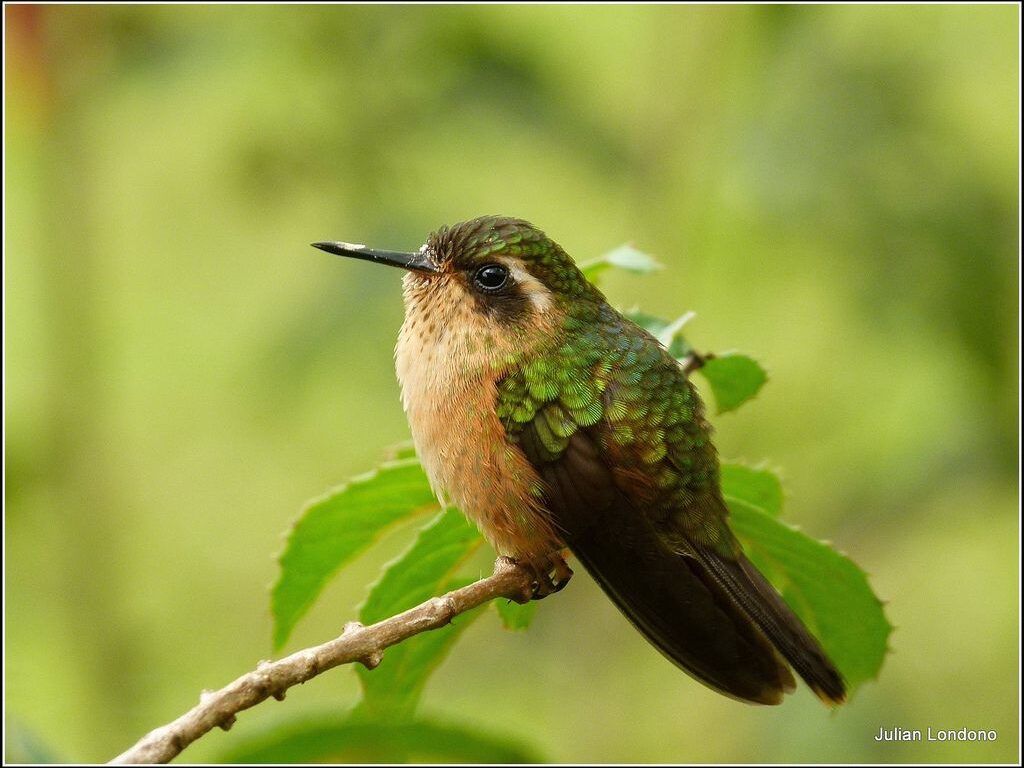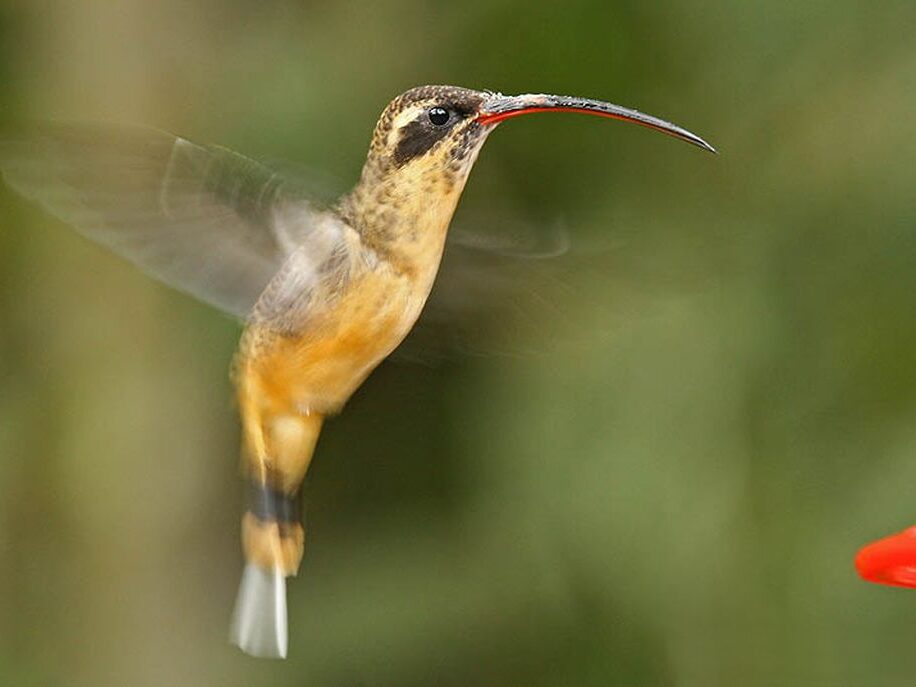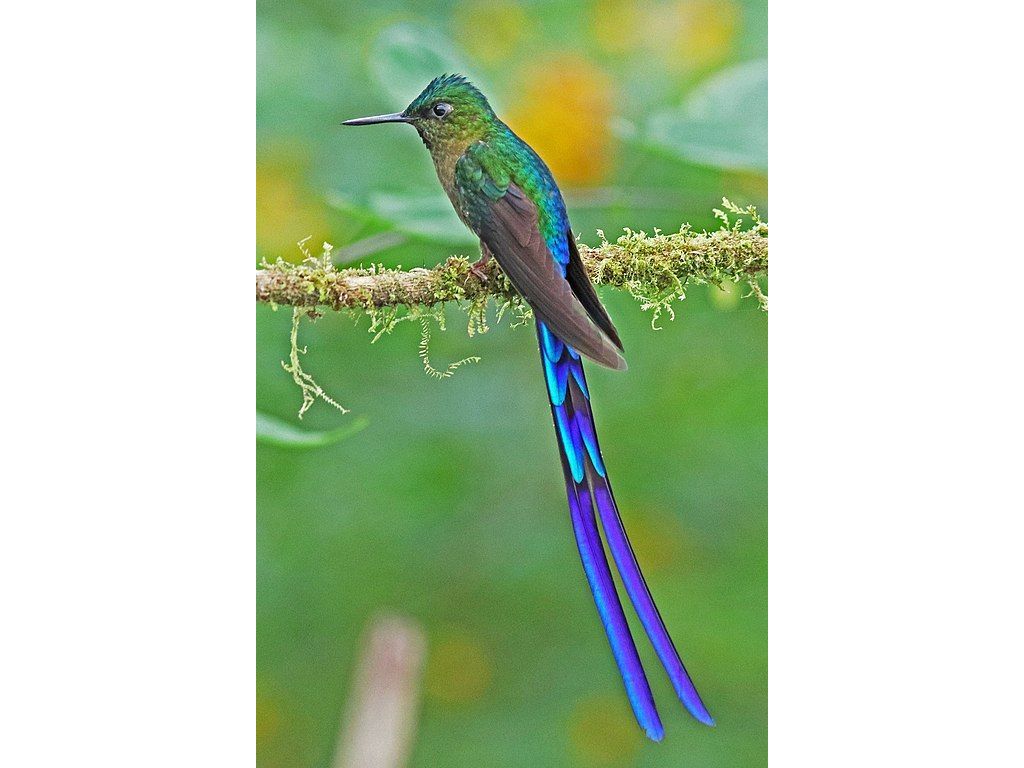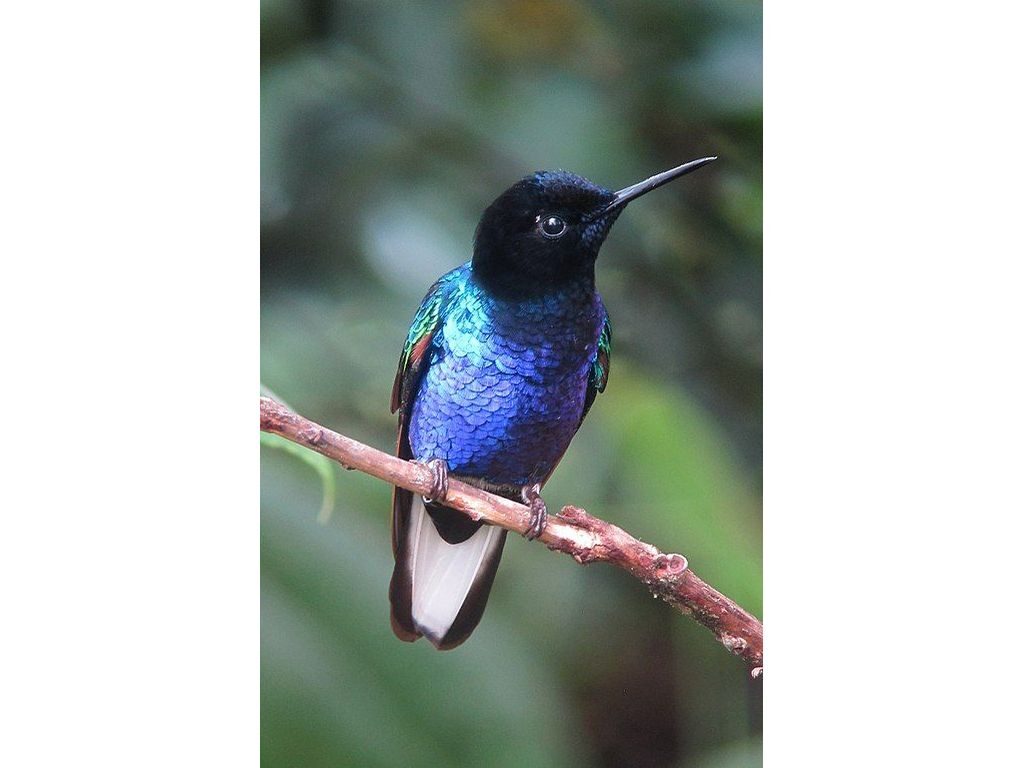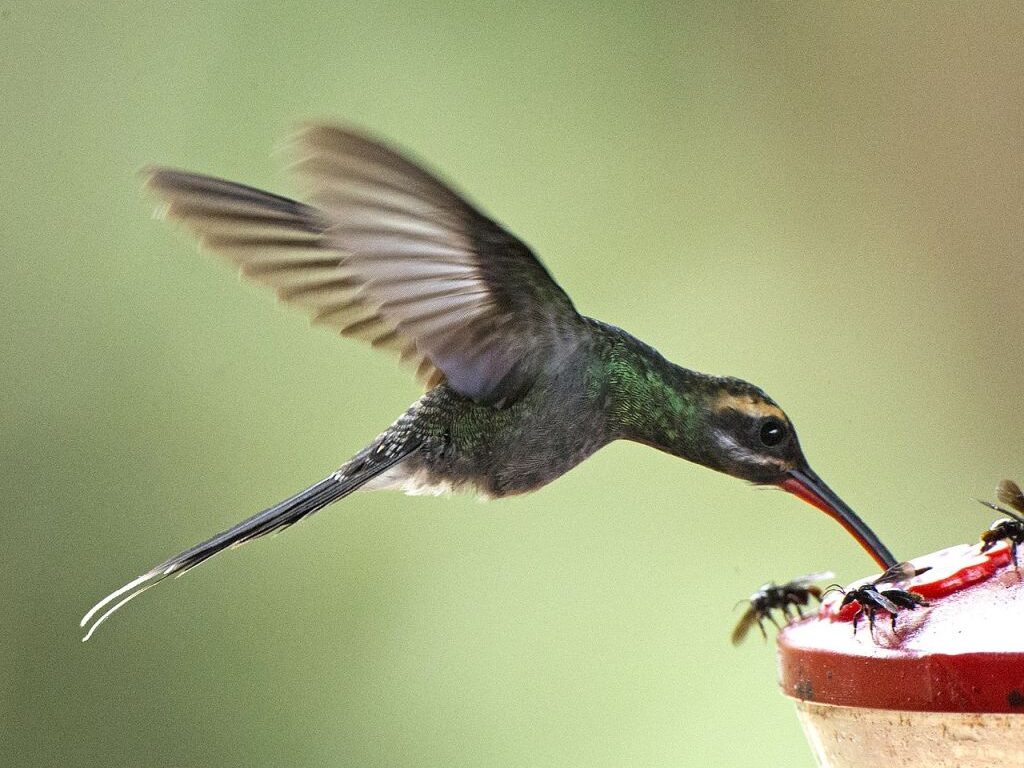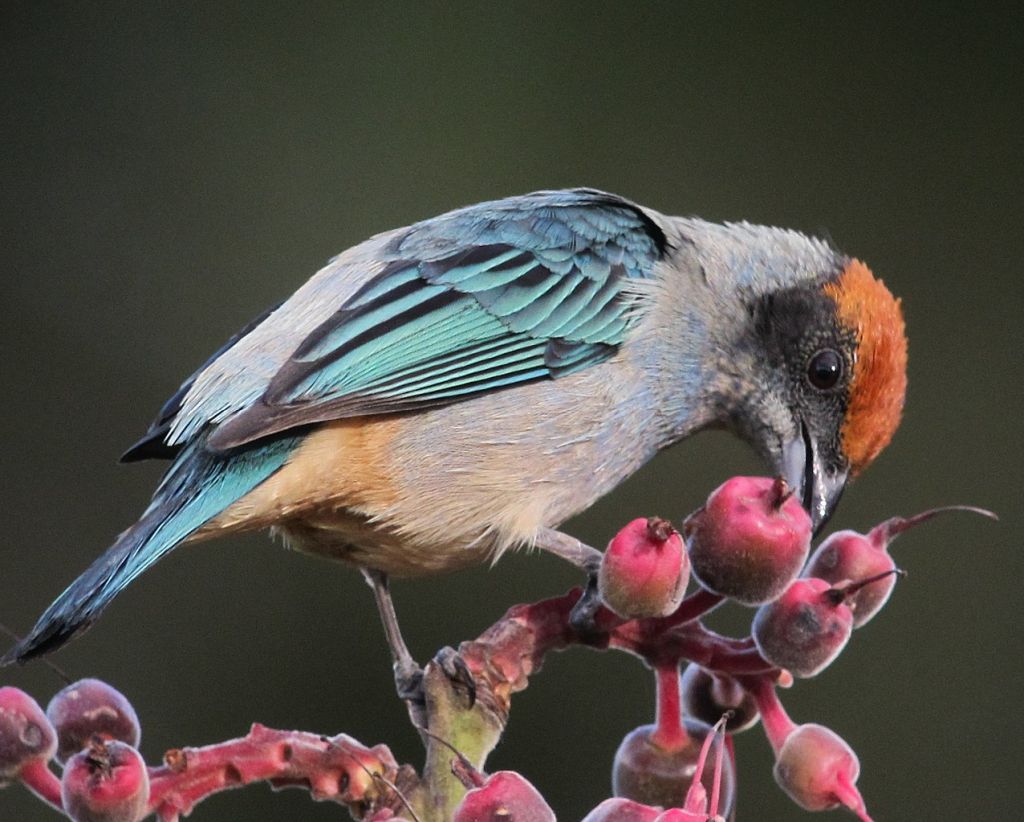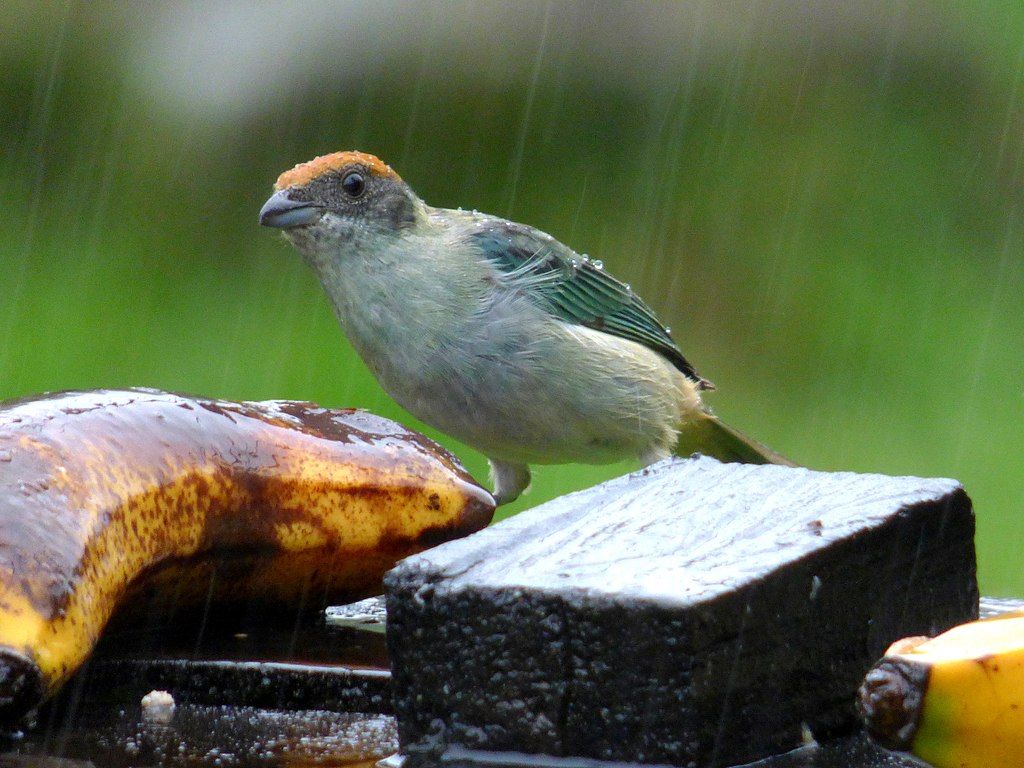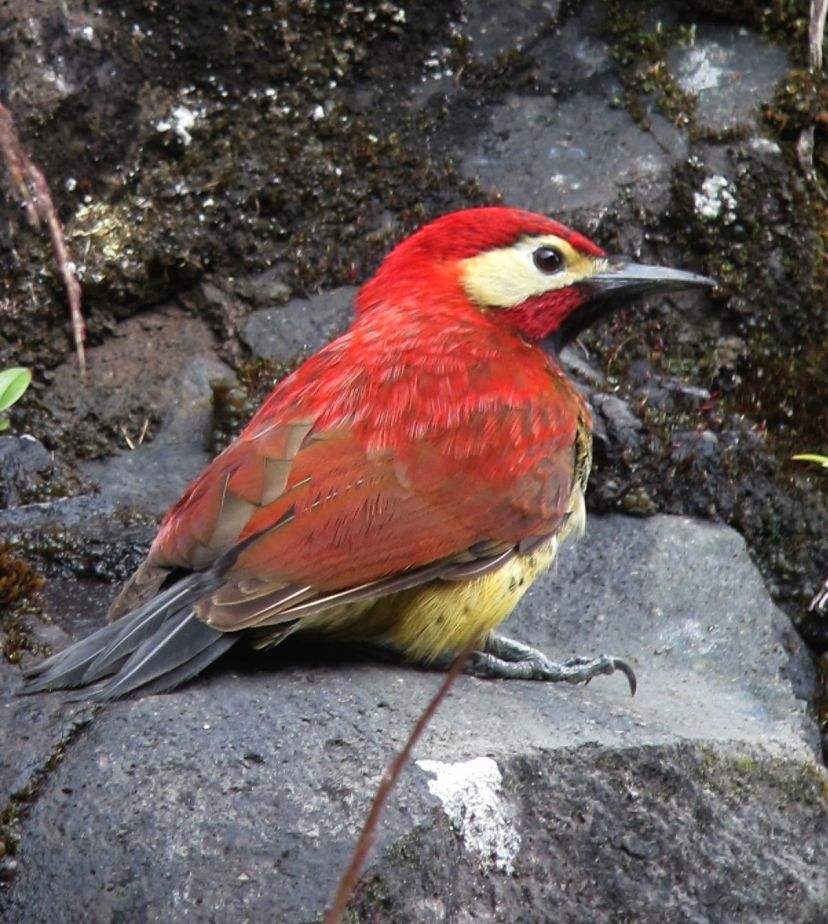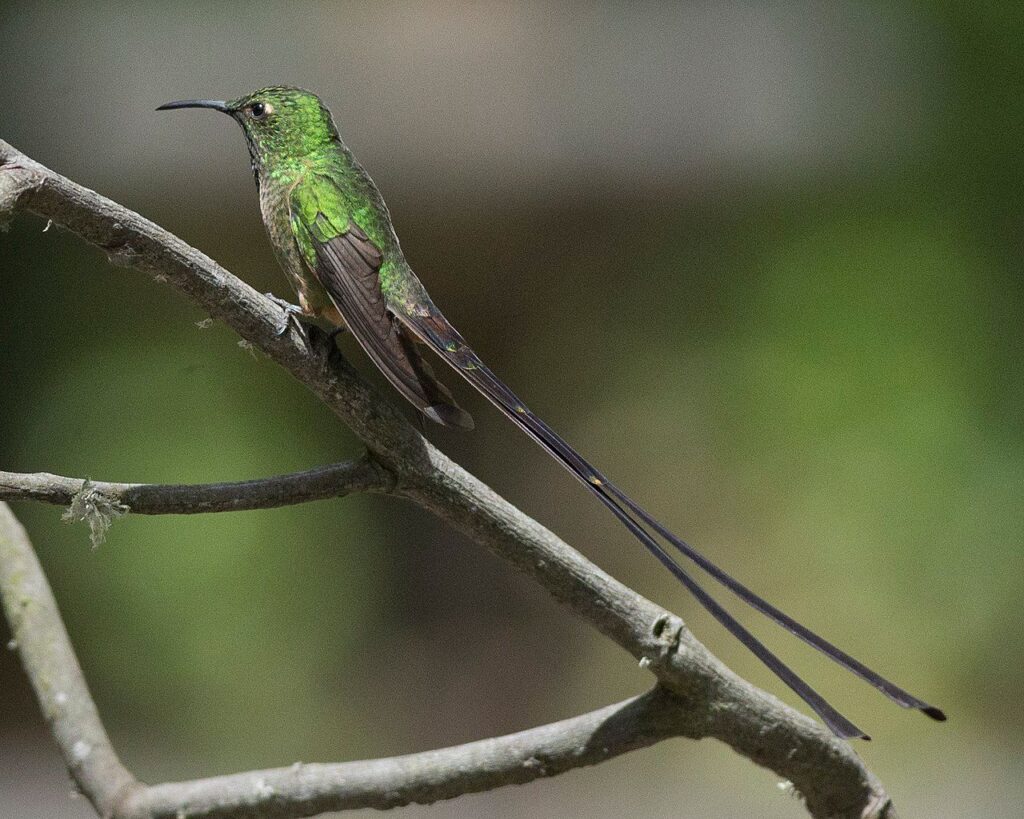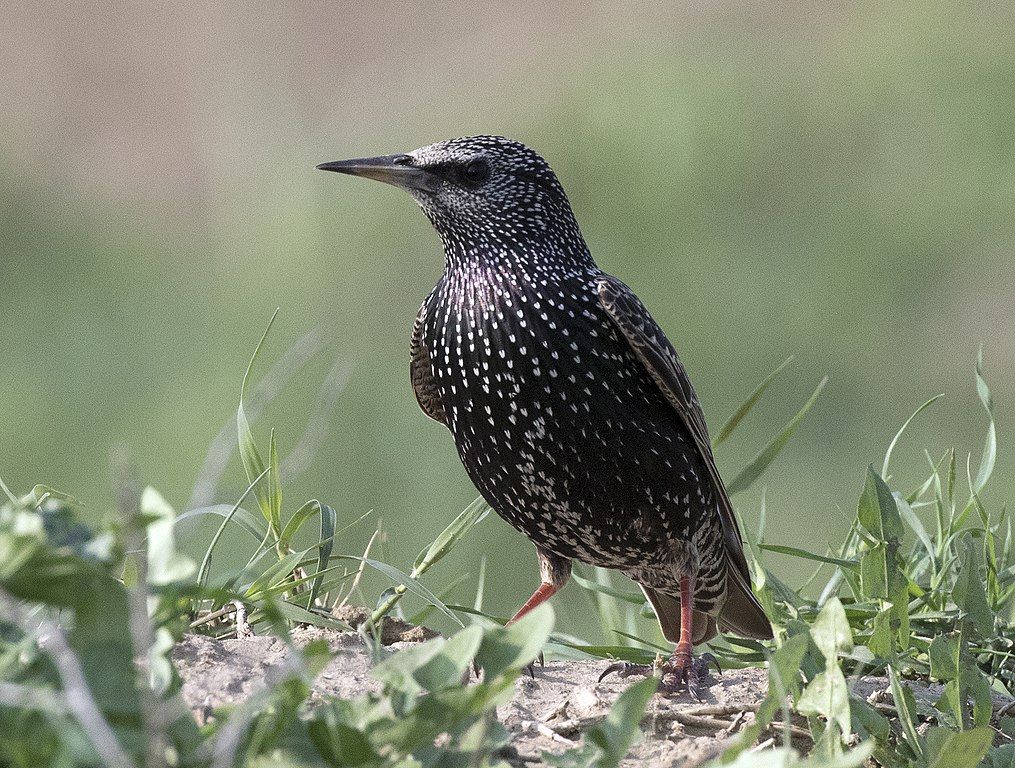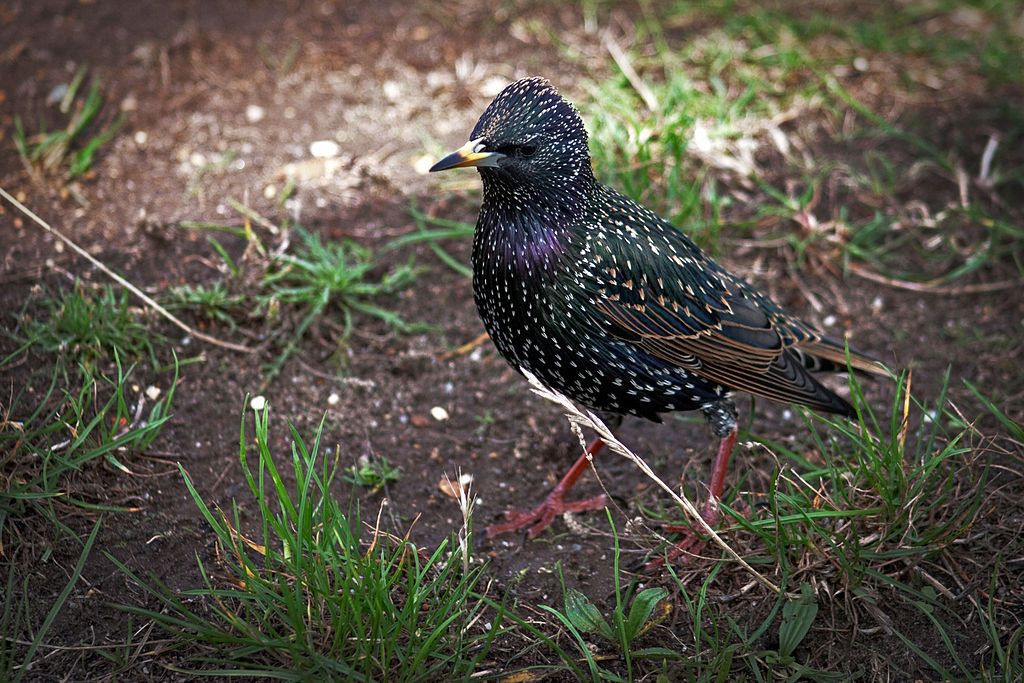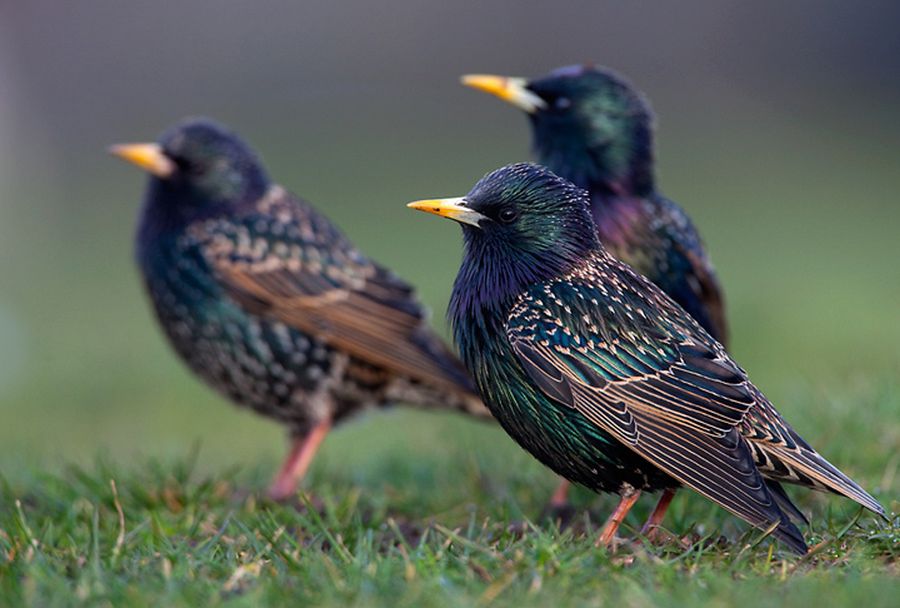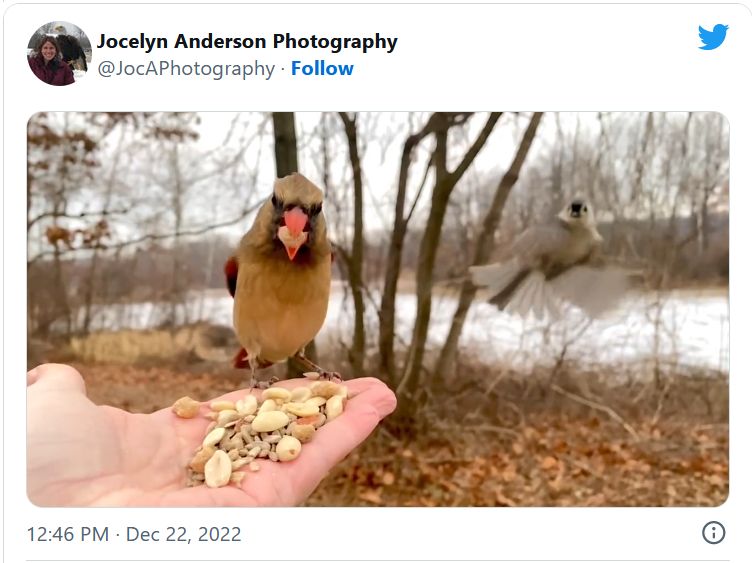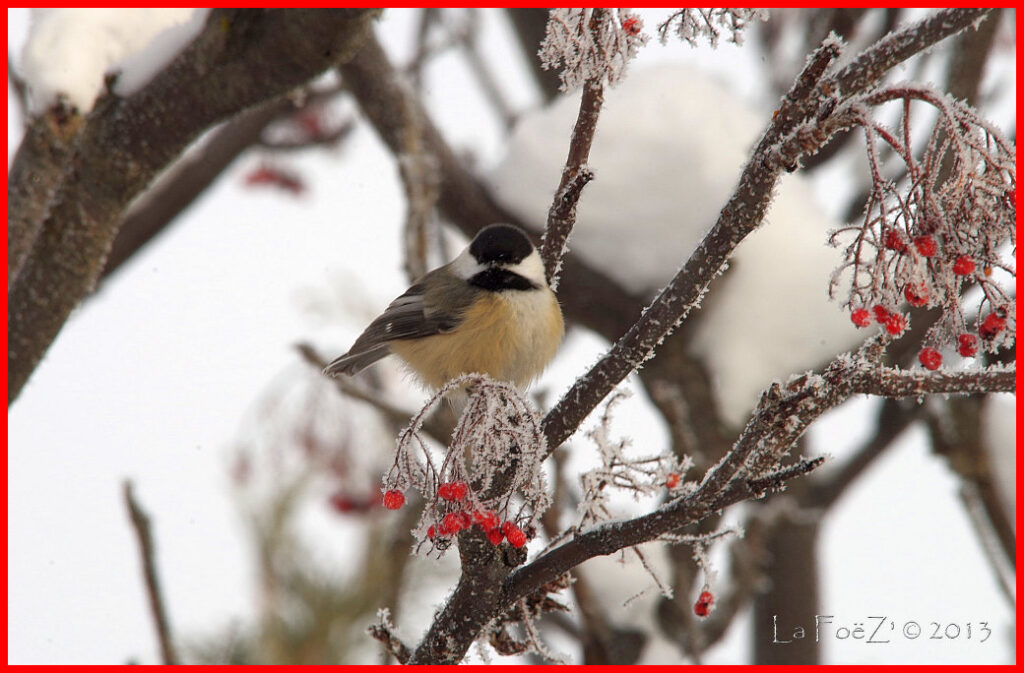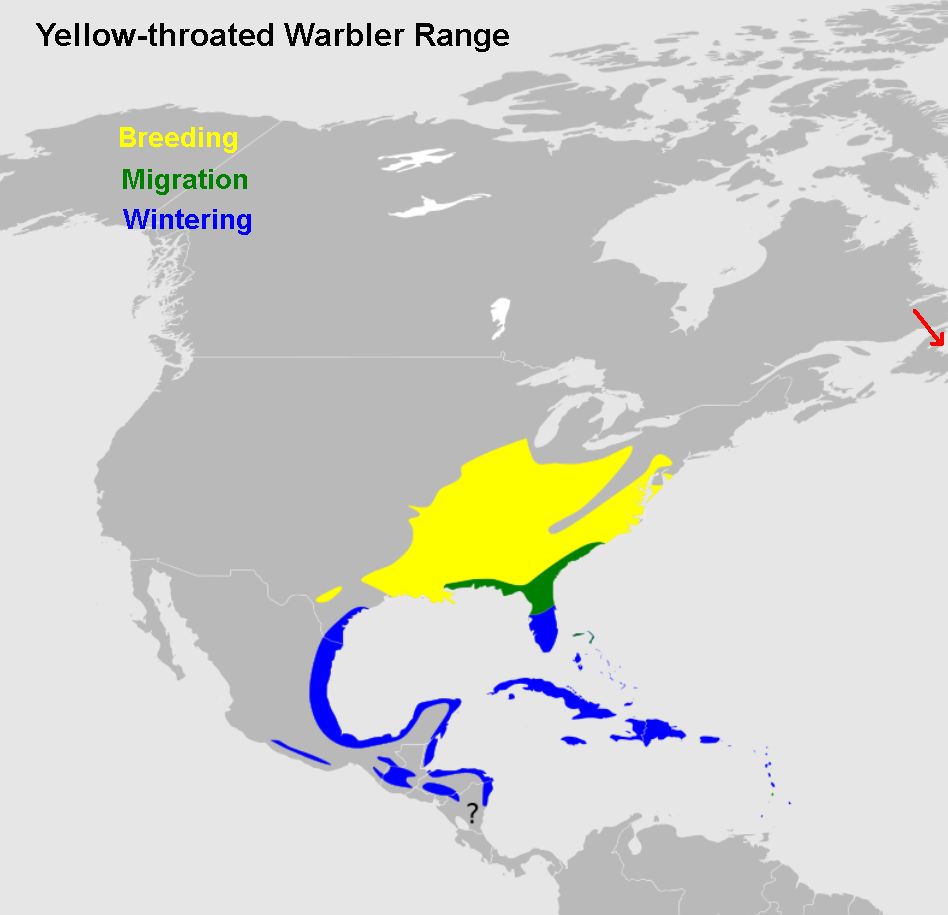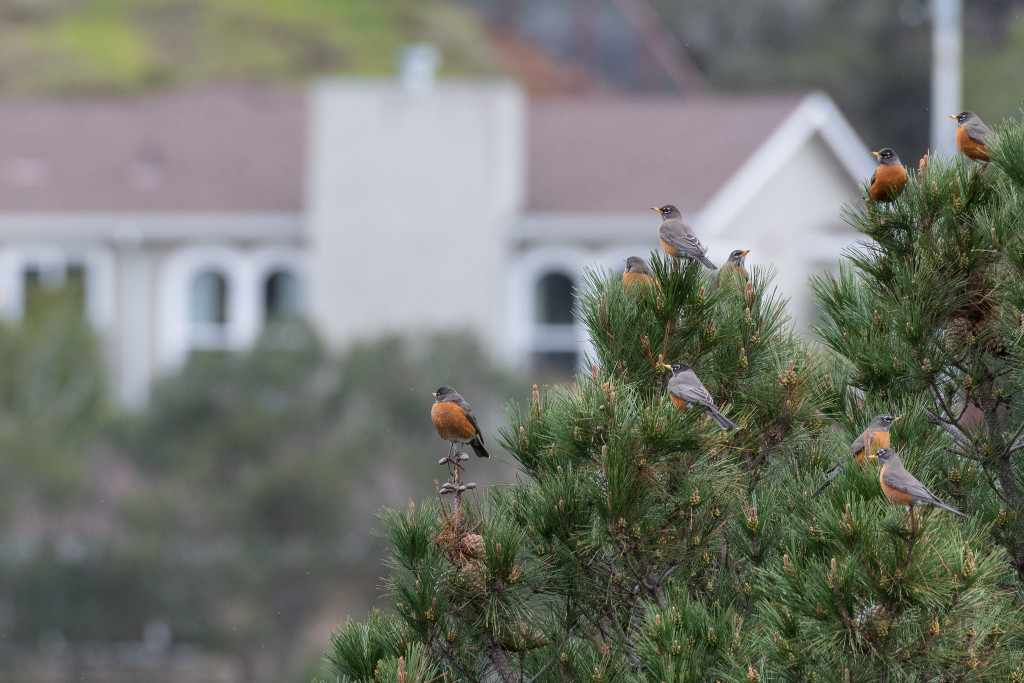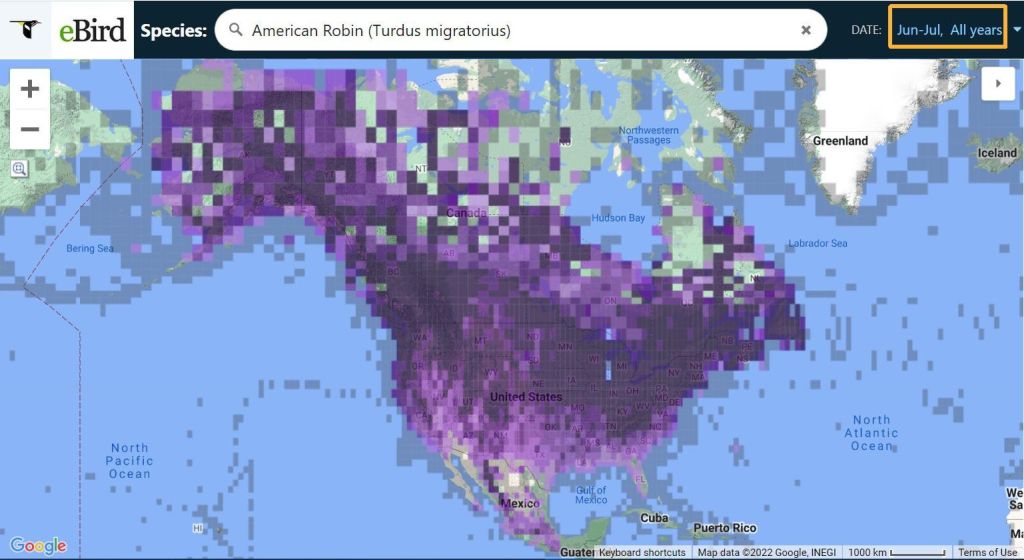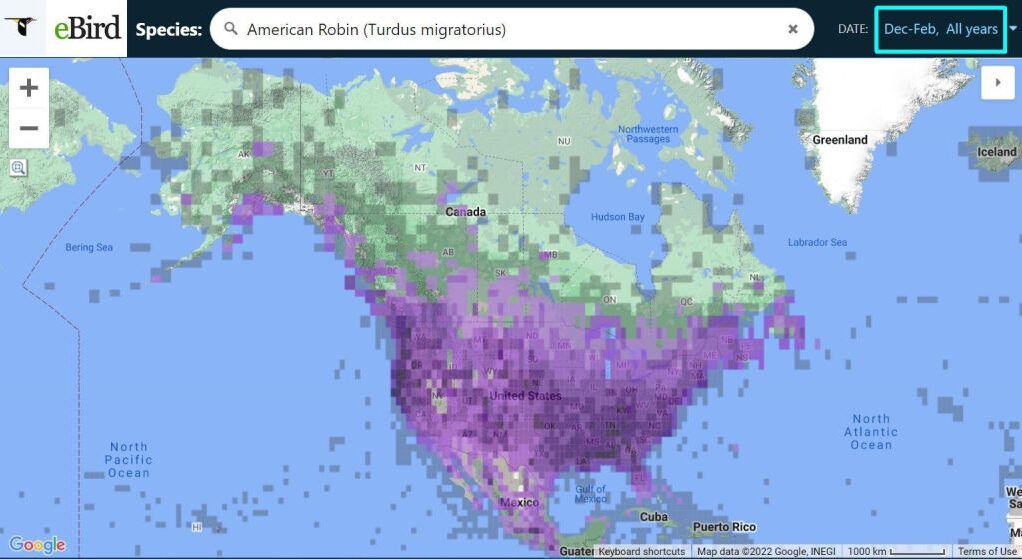3 February 2023, WINGS in Ecuador: Day 6, birding in Mindo and the NW Andes
I used to think hummingbirds (Trochilidae) were the most numerous bird family on our WINGS trip in Ecuador until I looked at the tanagers.
Tanagers (Thraupidae) are the second largest family of birds(*) and a Neotropical specialty. Nearly 40% of Thraupidae species live in Ecuador; 20% of the family is on our tour checklist.
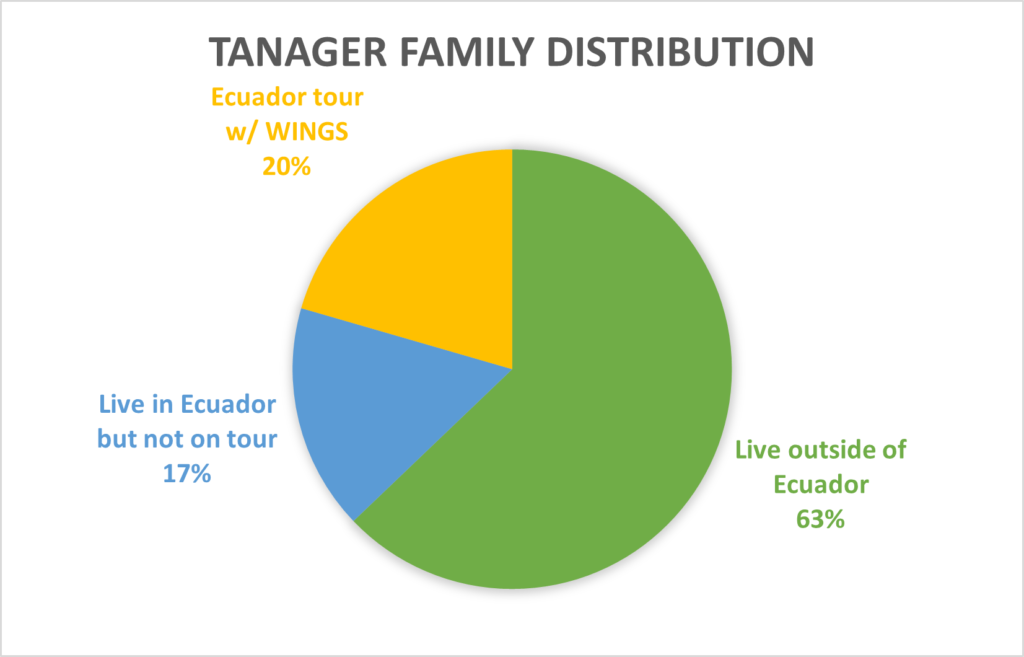
Thraupidae membership is constantly in flux as DNA tests move birds in and out of the family every year. Some species names no longer match their family(**). There’s a tanager called a “cardinal” and members of the Cardinal family Cardinalidae called “tanagers.” To make matters worse some members of the family aren’t called “tanagers” at all, including honeycreepers, conebills, flowerpiercers and saltators.
To bring some order out of the chaos I looked at colorful Thraupidae on our tour checklist whose names include “tanager” and picked 17 of the best for the slideshow. Here they are in order with links to their eBird descriptions and [photo] on Wikimedia Commons.
- Beryl-spangled tanager (Tangara nigroviridis) [photo]
- Black-chinned mountain tanager (Anisognathus notabilis) [photo]
- Blue-and-black tanager (Tangara vassorii) [photo]
- Blue-capped tanager (Thraupis cyanocephala) [photo]
- Black-capped tanager (Tangara heinei) [photo]
- Blue-necked tanager (Tangara cyanicollis) [photo]
- Blue-winged mountain tanager (Anisognathus somptuosus) [photo]
- Fawn-breasted tanager (Pipraeidea melanonota) [photo]
- Flame-faced tanager (Tangara parzudakii) [photo]
- Glistening green tanager (Chlorochrysa phoenicotis) [photo]
- Golden tanager (Tangara arthus) [photo]
- Golden-naped tanager (Tangara ruficervix) [photo]
- Grass-green tanager (Chlorornis riefferii) [photo]
- Guira tanager (Hemithraupis guira) [photo]
- Hooded mountain tanager (Buthraupis montana) [photo]
- Scarlet-bellied mountain tanager (Anisognathus igniventris) [photo]
- Swallow tanager (Tersina viridis) [photo]
(*) The largest family of birds on earth are the Tyrant flycatchers Tyrannidae.
(**) The red-crested cardinal at left is a Tanager (Thraupidae) while the scarlet tanager on the right is a Cardinal (Cardinalidae).
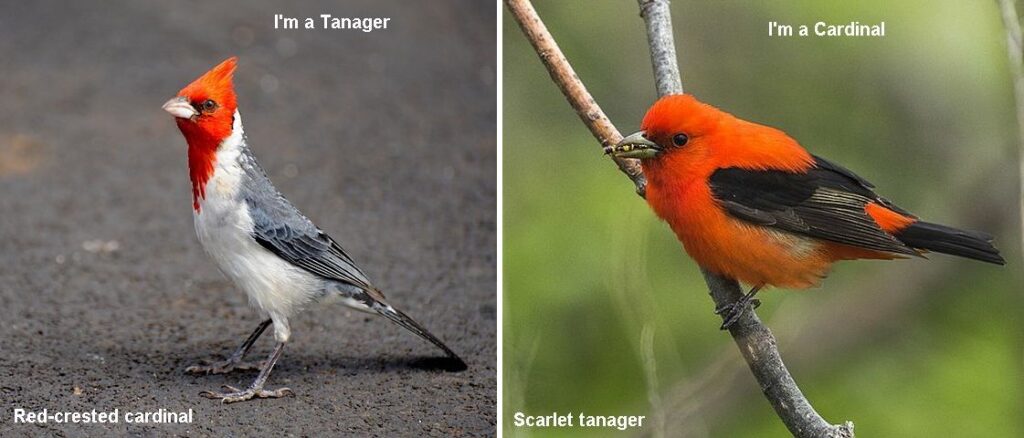
(photos from Wikimedia Commons; click on the links above to see the originals)


